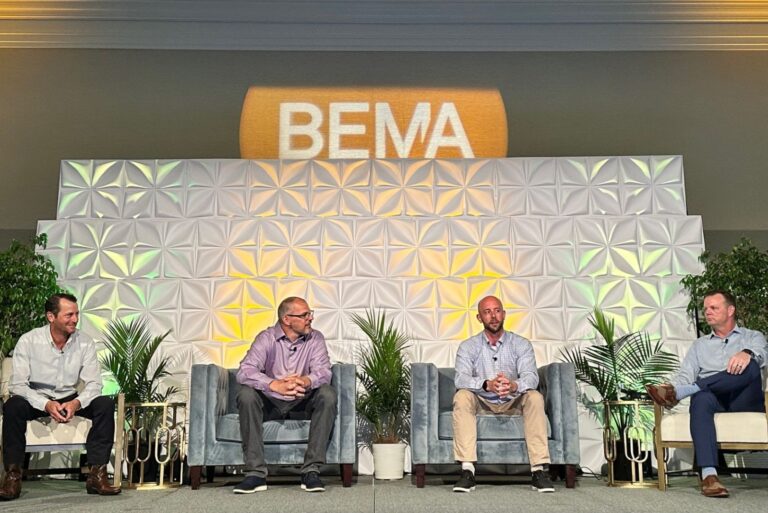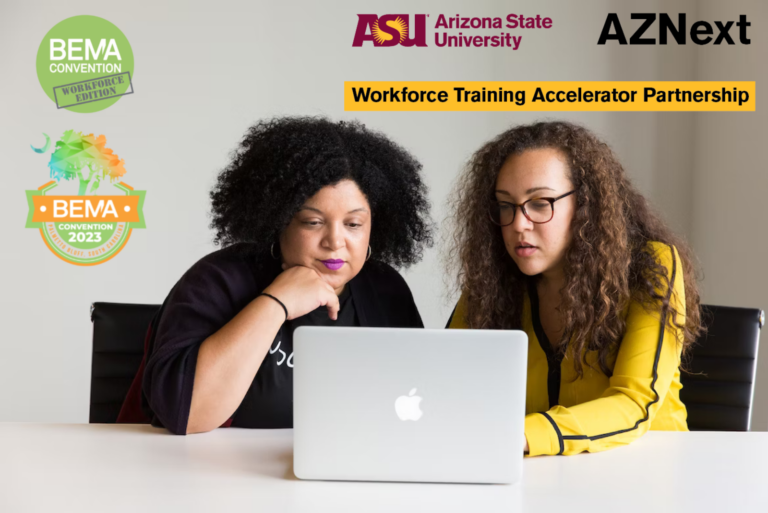BLUFFTON, SC — The final event on the first day of programming at BEMA Convention 2023, held June 20-24 in Bluffton, SC, centered on vertical integration in grocery stores and c-stores.
The business session was led by Audrey St. Onge, president and CEO of North American baking business at Lallemand, and featured insights from panelists Brad Clarkin, VP of production operations at Kwik Trip; Ron Scott, director of manufacturing for bakery and snacks operations at H-E-B; and Richard Ybarra, senior engineering manager of Publix.
For each of the companies the panelists represented, vertical integration had its own definition designed to fit each business model.
While Ybarra noted that Publix’s model stemmed from its founder’s vision of bringing a range of fresh products to consumers through the stores, Scott shared that H-E-B focuses on providing support for consumers and the business through manufactured goods and services.
“We have 13 manufacturing plants in our system, three of which are commercial bakeries,” Scott said. “Our advantage is being there first with innovation with items that are new and some traditional things that our consumers like.”










